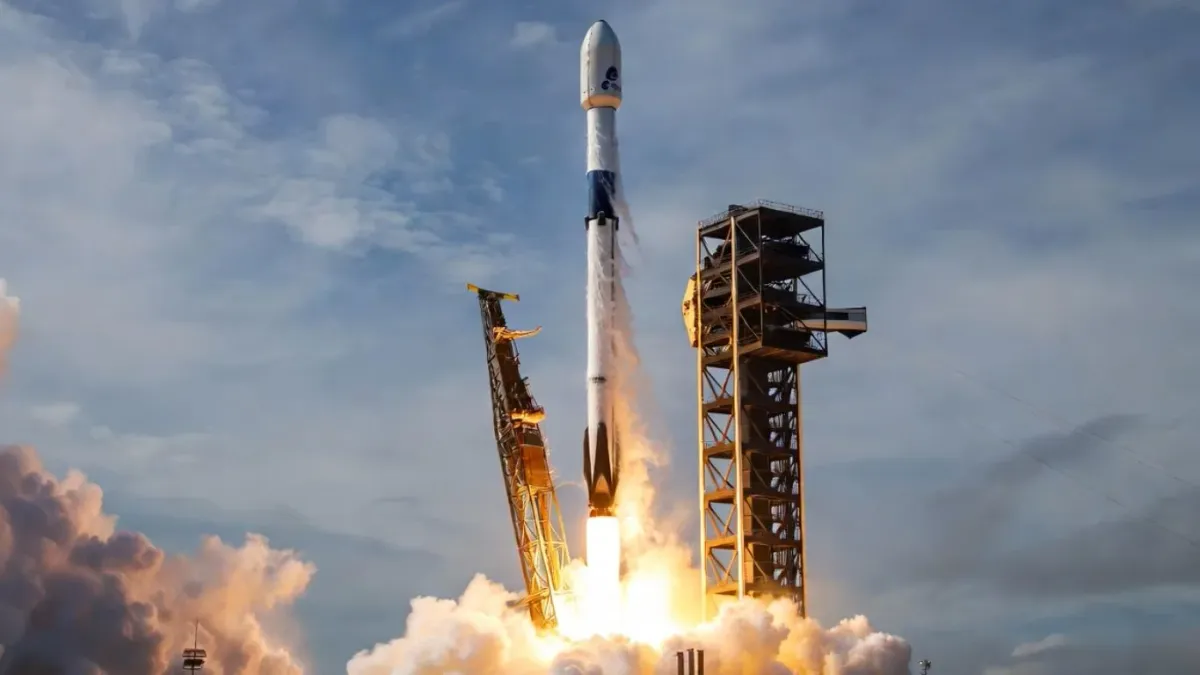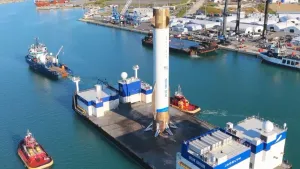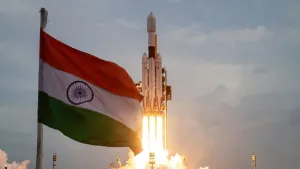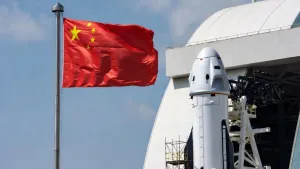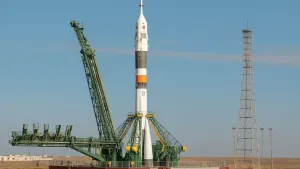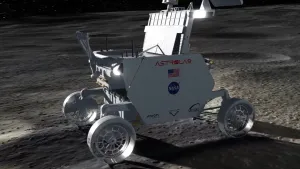ESA released a communication via its official X account stating that the launch of the HydroGNSS satellite alongside the ICEYE Global and Iride Spazio satellites has been rescheduled.
The statement explained that the updated timing reflects adjustments in launch vehicle availability and final orbital insertion parameters. The post did not provide a new specific date but noted that the mission remains part of ESA’s Earth-observation and constellation-services roadmap.
🚀 #LaunchUpdate2: launch of @ESA_EO's HydroGNSS satellite along with @IrideSpazio and @iceye_global satellites has been rescheduled again, now for Wednesday, 26 November. Details for how to watch👇https://t.co/OfX6EV3bA2
— European Space Agency (@esa) November 19, 2025
Earth Observation & Constellation Landscape
The HydroGNSS mission is important for global monitoring of land subsidence, water movement and sea-level dynamics. ESA sees it as part of its wider Earth-observation portfolio which includes missions like Sentinel‑1D and the FLEX hyperspectral satellite.
Shifting the launch schedule signals how tightly coupled Earth-observing missions are to launch-vehicle readiness, orbital mechanics constraints, and international partner coordination.
For industry stakeholders, satellite manufacturers, data-service firms, downstream users, it means timelines for data availability and commercial services may shift.
Additionally, ICEYE’s participation means that the constellation’s continuity for synthetic-aperture radar (SAR) imaging will depend on how this launch interlinks with existing satellites and ground-segment capacity.
ESA has been increasing its reliance on constellation architectures and public-private partnerships for Earth-observation. HydroGNSS forms part of the European Commission–ESA Copernicus expansion.
Historically, launch delays are common; for example the FLEX mission had its launch schedule adjusted in prior planning.
🌕 Europe is taking a giant leap toward the Moon!
— Human Spaceflight (@esaspaceflight) November 20, 2025
Join us live at 10:00 CET from @esa's European Astronaut Centre in Cologne 🇩🇪 to see the Argonaut family grow.
ESA's lunar lander programme will support future cargo and crewed missions to the Moon and help build a sustainable… pic.twitter.com/hYektMYCvu
From a technical viewpoint, launching multiple satellites from different organisations on a single launch vehicle requires careful mass-budgeting, orbital insertion sequencing and regulatory clearances (e.g., frequency allocation, debris mitigation). The delay likely reflects one or more of these factors.
Challenges
For climate, hydrology and land-use researchers the delay pushes back access to HydroGNSS data, including its planned revisit cycles and Global Navigation Satellite System (GNSS) reflectometry measurements. This technique uses satellite navigation signals to study surface conditions such as soil moisture and inland water, so the postponement affects teams preparing to use those observations.
For commercial operators such as ICEYE the revised schedule can also disrupt customer commitments and revenue planning, since constellation timing shapes service delivery windows.
From the ESA perspective, keeping stakeholder confidence is key: repeated schedule slippages can lead to budget overruns or partner dissatisfaction. On the technical side, the later the launch, the more likely elements like ground segment software or satellite components may need retesting or upgrades, which can ripple into increased costs.
Conclusion
ESA’s announcement of a revised timeline for the HydroGNSS/ICEYE/Iride Spazio launch is a reminder of how complex space-mission logistics remain, even as Earth-observation ambitions scale up.
The core mission remains intact, but the revised schedule will ripple through users, commercial players and ESA’s broader constellation strategy.

